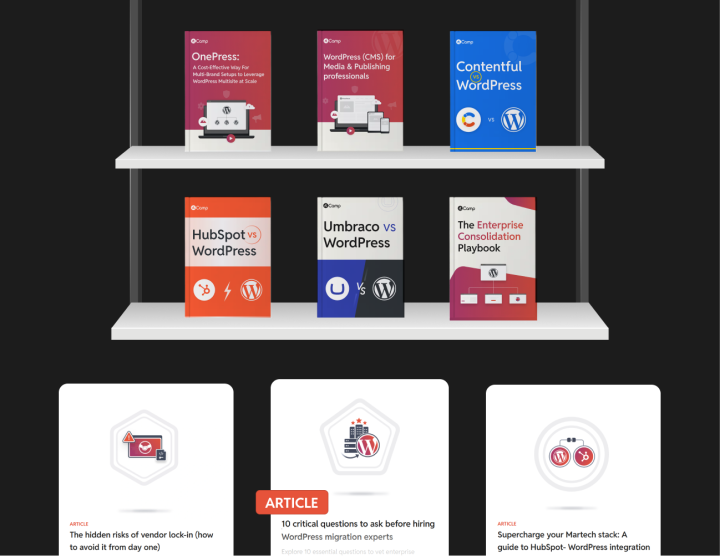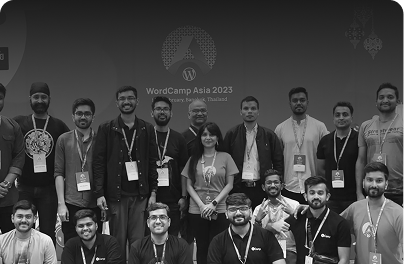Kentico vs WordPress: TCO, hidden costs, and maintenance expenses
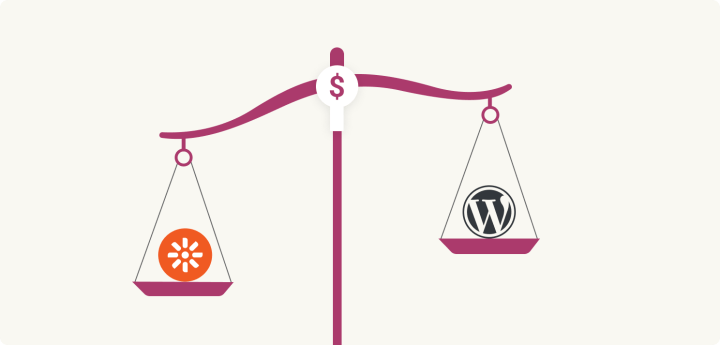
When selecting a CMS, one of the most important factors, and probably the one that holds the most weight is the cost. So we’ve put down a list of all the expenses you might account for when using Kentico Xperience or WordPress. We’ve considered everything from licensing and ongoing costs to costs for migration and more.
Migration, licensing, and upgrade costs
Migration costs for WordPress and Kentico can fairly vary depending on the requirements and complexity of the existing website. But, Kentico Xperience 13 customers will eventually need to upgrade/migrate to Xperience by Kentico, potentially requiring more costly platforming in the future.
Kentico clients also face significant expenses with upgrades and migrations. For instance, upgrading from Kentico 12 to Kentico Xperience 13 can require multiple migration steps and considerable development efforts.
Annual Kentico licensing cost for the enterprises starts at $23,700/year.
WordPress, on the other hand, does not have any fee associated with the core software (so you aren’t looking at any licensing and upgrading fee).
| CMS | Kentico | WordPress |
| Licensing Fee | $23,700 and above | Free |
| Upgrading Fee | $13,000 and above | Free |
Infrastructure and maintenance
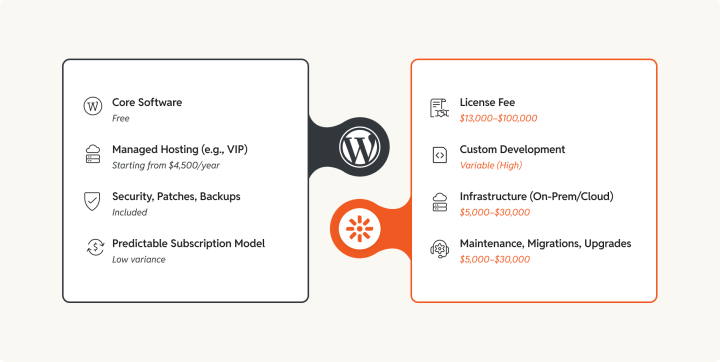
Kentico has self-hosted versions that include ongoing infrastructure costs, including server management and maintenance. With each migration, Kentico customers often incur expenses related to infrastructure upgrades, custom development, and third-party integrations. While these costs are associated with WordPress’s self-hosted solutions too, it’s considerably more cost-effective.
Both Kentico and WordPress ecosystems offer managed subscriptions that include hosting, automatic updates, security patches, backups, and maintenance. WordPress VIP generally provides a more predictable subscription model that covers core security updates, patches, and automatic upgrades. This reduces ongoing maintenance costs and minimizes downtime.
Kentico Xperience pricing starts at approximately $13,000 annually for the base license, with additional costs for higher-tier plans reaching up to $100,000. As traffic on the website grows, these costs may add up significantly.
On-premise hosting for Kentico can range from $5,000 to $15,000 annually, while cloud-based solutions through providers like Azure or AWS typically cost between $10,000 and $30,000 per year.
For the same requirements, FedRAMP WordPress’s enterprise hosting platforms offer solutions starting from $4500/year.
Customizations and long-term flexibility
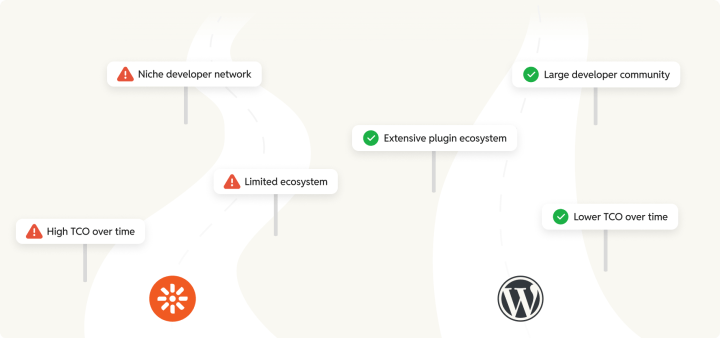
Both Kentico and WordPress allow for platform customizations with drag-and-drop functionalities but WordPress block editor (Gutenberg) and the wide range of plugin libraries help in faster and more cost-effective customizations. Kentico needs professional services to implement those customizations and a lack of a comparable plugin marketplace drives up long-term costs, particularly as enterprises scale.
Over time, Kentico’s licensing model and migration demands could increase the Total Cost of Ownership. On the other hand, WordPress’s open-source framework requires little to no need for platform-specific training, reducing long-term expenses and providing a more flexible, budget-friendly path for growing enterprises.
Customization and expansion costs can vary significantly between the two platforms, but WordPress will always be the more cost-effective solution due to the large WordPress developer community in comparison to the niche Kentico developer community/agency network.
Training and optimization
Kentico users often face higher training costs due to its multiple versions and customizations that enterprises typically make. Basic training costs for WordPress is more cost-effective. While Kentico requires more extensive training programs, WordPress offers a user-friendly interface that allows users to quickly learn and manage content with minimal training investment.
WordPress’s intuitive interface and extensive community resources significantly reduce training time and costs.
Integrations
With Kentico, you can create custom Web API endpoints and use external APIs to support integrations with several third-party solutions. However, integration costs can be a challenge.
The costs can range from $5,000 to $30,000+ depending on the toolkit (CRM, ERP, etc)
Enterprise WordPress, on the other hand, lets you integrate with tools for a much lower price point. As WordPress can integrate with a wide range of tools and services, making it an suitable platform for custom development.
Get our Kentico to WordPress Migration resource kit
Sample SOW, Contract, NDA, MSA & More
